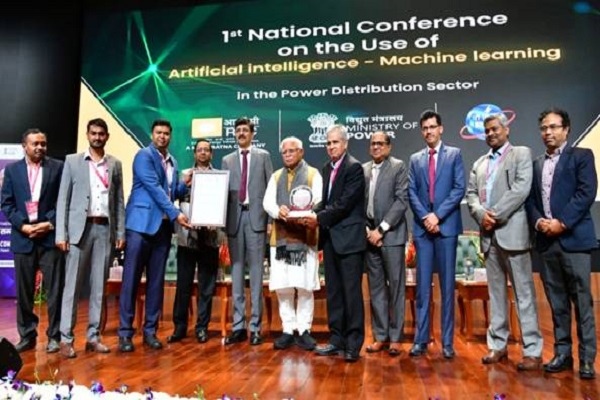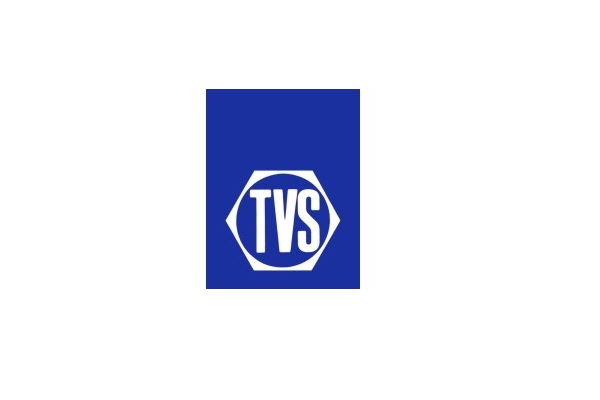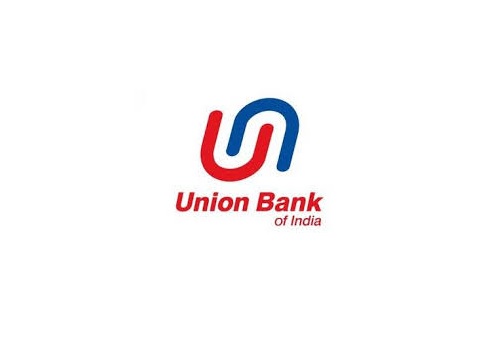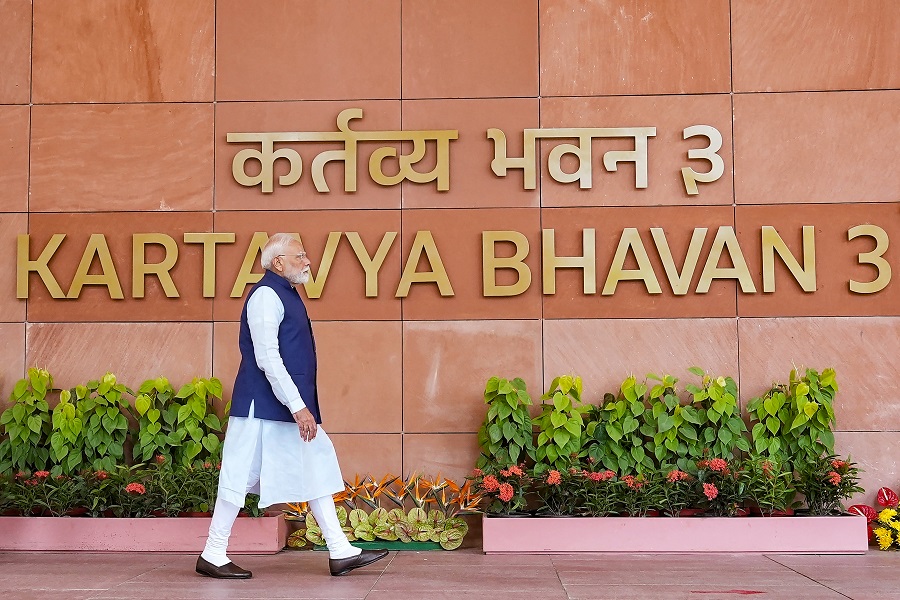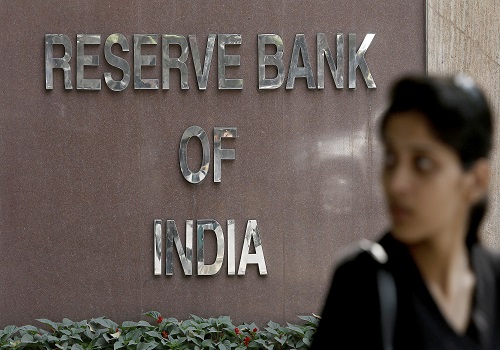Housing finance in India expected to grow at +15% CAGR till 2030 : Omniscience Capital
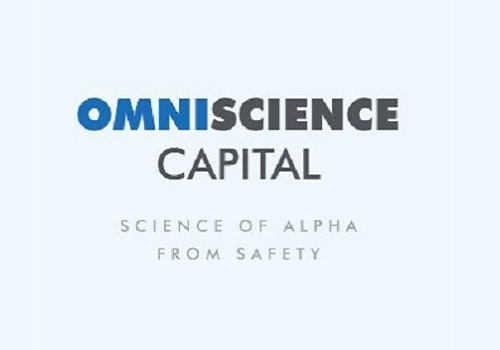
India's Banking sector is on the cusp of rapid growth, with rising RoE, robust asset quality, and key infrastructure financing opportunities in the coming decade. According to a report by smallcase manager - Omniscience Capital, the housing finance market in India has registered a growth of about 25% per annum from FY22 to FY24 and is estimated to grow at 15-20% CAGR up to 2030. Indian Banks will be playing a significant role while funding India's huge plans for infrastructure overhaul under the National Infrastructure Pipeline (NIP) and Gati Shakti initiative.
Indian Banks poised for Re-rating in the Markets
The current P/E levels of the Indian Banks are significantly undervalued in contrast to the expected credit and RoE growth. The robust credit growth is expected on account of India’s growing GDP growth and consumption, coupled with significant asset-quality improvements and reduced NPAs. Omniscience Capital believes that the Indian banking industry is poised for a re-rating from current valuation levels existing in the market. In addition, incremental efficiency improvements in SCBs through increasing digitization can provide an additional improvement in margins through reduced operating expenses (OPEX), further improving the potential returns from this sector. To demonstrate the same, a scenario analysis was carried out for the next 5-years (CY2023 to CY2028) for expected credit growth.
* Scenario 1: Lower-than-expected Credit Growth (12% annually)
* Scenario 2: Baseline Credit Growth (14% annually)
* Scenario 3: Higher-than-expected Credit Growth (16% annually)
Credit Growth to Remain Robust
India’s gross bank credit grew by 16.3% in FY2024, the highest YoY growth in the past decade, driven by rising household incomes, increasing manufacturing and export activity, improved capacity utilizations across industries, and the rising aspirations and consumption of a growing middle-class. Within corporate India, while profitability has continuously improved, the markets have also significantly deleveraged, with overall debt-to-equity levels at their lowest since the last decade. On the lender’s (bank) side, both GNPA (Gross Non-Performing Assets) and NNPA (Net Non-Performing Assets) in Indian Banks have witnessed a steep decline, falling to a decadal low of just INR 5.7 lakh crore and INR 1.3 lakh crore respectively in FY2023 (GNPA Ratio and NNPA Ratio of 3.9% and 0.95% respectively), owing to improved borrower selection, increased policy intervention (such as the Insolvency & Bankruptcy Code), and a significant write-off of bad loans.
India thus has a “Twin Balance Sheet Opportunity”, where a deleveraged yet profitable economy is seeking credit from lenders with healthy asset quality as well, spurring a steady credit growth cycle in the coming decade.

Indian Banks to play a key role in financing NIP and Gati Shakti
Being a bedrock of any economy, infrastructure development in India will play a critical role in achieving inclusive and sustainable growth in this era of Amrit Kaal. India’s logistics cost as a % of GDP remain higher compared to the global benchmark. This necessitates not just heavy investments in all facets of infrastructure, but radically improving coordination and centralization of the country’s entire infrastructure framework. Currently, there are two multi-decadal central government initiatives in progress, the National Infrastructure Plan (NIP) and Gati Shakti. The NIP has an ambitious and huge investment outlay of ~$1.8 trillion. Consequently, the combined implementation of NIP and PM Gati Shakti is expected to bring in additional and significant CAPEX financing requirements to India’s organic credit growth. India’s banking sector will continue to play a major role in financing this multi-modal infrastructure push.
Banking sector resilient to global interest rate risks
The Indian banking industry has – throughout the past – shown a remarkable resilience towards global interest rate shifts1. This relative immunity (compared to US and European banks) is the result of a combination of concurrent factors, including India having a more granular/diffused deposit base, conservative policies and measures adopted by the Reserve Bank of India (RBI) to ensure financial health of banks, better asset-liability management and a higher percentage of floating rates for bank loans. Going forward, we expect Indian banks to continue showing similar resilience to global interest rate shifts.
Gen-AI Driving the Next Transformation in Banking
Gen-AI has the potential to radically improve & transform efficiencies across diverse banking domains Artificial Intelligence (AI) and its new paradigm – Generative AI (Gen-AI) – are the technologies that will drive the next digital transformation across industries on a global scale. The banking sector is no exception. In fact, being an extremely data-intensive industry that relies on objective analysis, banking has numerous use cases for Gen-AI across its ecosystem. Some such important domains are Gen-AI based custom virtual investment/professional advisors, software/coding assistance for developers, core bank operations such as underwriting, fraud detection and claims management, and providing virtual assistants for customized content and higher customer engagement rates.
Above views are of the author and not of the website kindly read disclaimer
